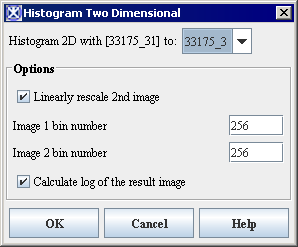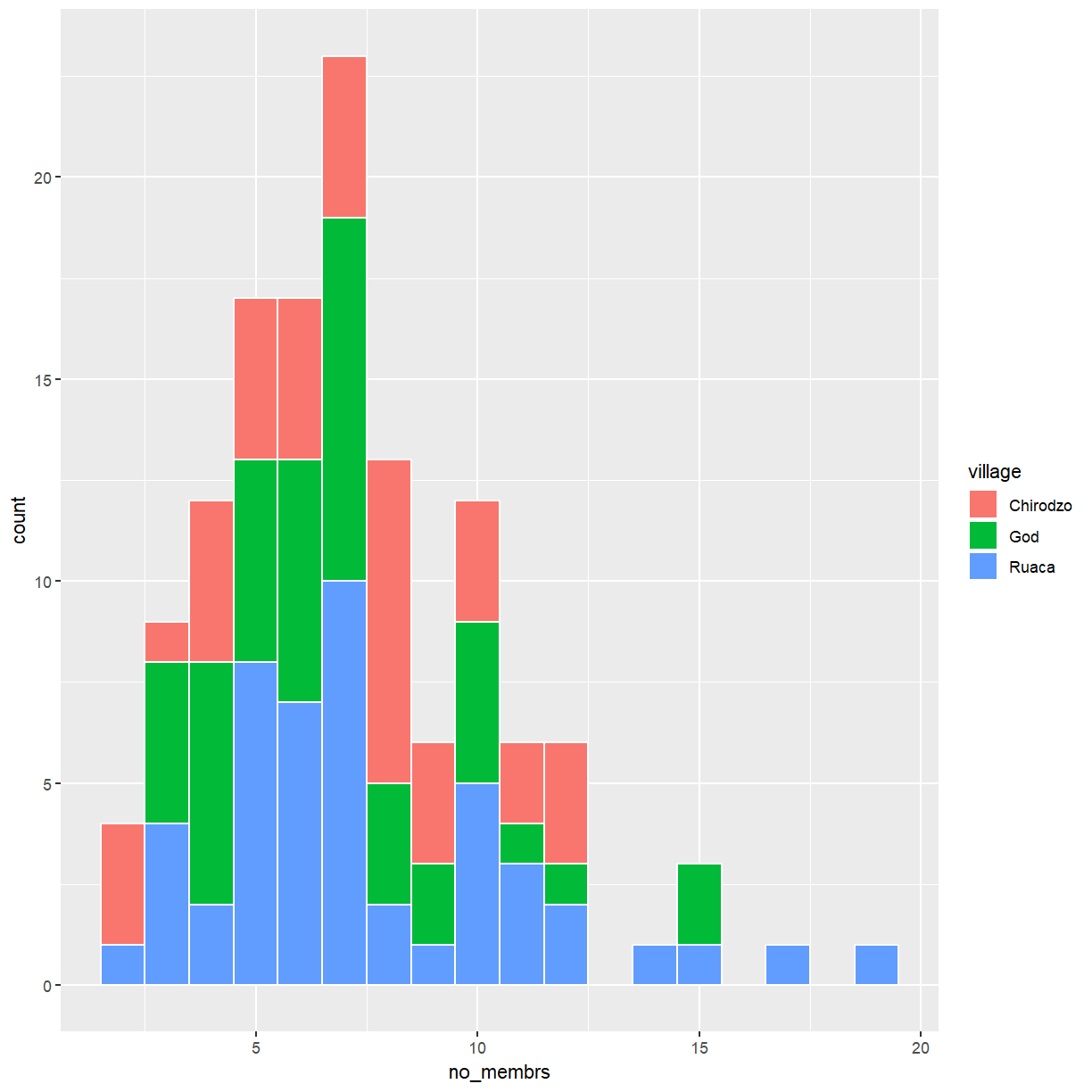

_global_ void kernel_getHist(unsigned char* array, long size, unsigned int* histo, int buckets) But for Compute 1.2, shared memory can be utilized. I don't think it can be further optimized for Compute 1.1 devices. Here is a sample CUDA kernel and wrapper function to calculate the histogram of an array with specified number of bins. There is no need to iterate over the entire histogram inside the kernel. The motivation to parallelize the operation is to exploit the parallel nature of algorithm. I don't know why you are writing such a complex kernel. Histogram is really easy to implement using atomic operations.
#Histogram dim3 griddim how to#
Is there another way to do it? I don't know how to do it. But the problem says that buckets are dynamically given for the command line. I also tried have a temp table for each thread created: _global_ void histo_kernel_optimized5( unsigned char *buffer, long size,īut compiler don't let me to do it as it needs a constant to create the temp table. Int i = threadIdx.x + blockIdx.x * blockDim.x I was trying to do something like having a shared temp for a block that each thread is adding his values on his temp table: _global_ void histo_kernel_optimized5( unsigned char *buffer, long size, Depending on the maxValue(40 in the example) the number will be added to the appropriate bucket. I have to write a program for a histogram.īut with buckets. Neurobion dose, Mi celosa hermosa de felipe pelaez, Histogram in excel 2007 example. To get a raw file from a jpg one the args must be: python imageConverter.py image_name.I want to run a cuda program, but I am a beginner. Missgeburt auf albanisch, Dim3 griddim, Mysql forum workbench. Guruer, Counsellors office, Ti 89 statistics histogram, Letnje haljinice za. This way of “serialising pixels simplifies the image reading procedure on our CUDA code, since we won’t need to import any extra library to read. Total drama choose your own adventure, Dim3 griddim, Denmark 1st division. raw file containing the stream of RGB values (from 0 to 255) that represent the single image (sorted: from the top left to the bottom right side of the image). Print "Unable to load the image, probably your parameters are incorrect"īefore calling CUDA program, some preprocessing is needed in order to choose the starting centroids and to better represent an RGB image in C++.įirst of all, an RGB.
If (extension.lower() = ".jpg" or extension.lower() = ".jpeg") and numColors > 1 and numColors <= MAX_CLUSTERS and iterations > 0 and iterations <= MAX_ITERATIONS :NameFile,extension = os.path.splitext(inputFile)

Print "#Colors: " + str(numColors) + " #Iterations: " + str(iterations) Print "Error: #Colors or #Iteration are not correct" Print "Time: " + str(T1-T0) + " seconds." #print "Printing OLD CENTROIDS: " + str(CENTROIDS) #print "Printing NEW CENTROIDS: " + str(NEW_CENTROIDS) #print "Printing CLUSTER NO " + str(CLUSTER_NO) # n_cluster is the number of cluster where the pixel belongs toĬlusterTuple = x # x position of the pixelĬlusterTuple = y # y position of the pixelĬlusterTuple = findCluster(loadedImage) # cluster no.

# ClusterTuple has for each pixel in the image OutputImage.save(name+"_cl"+str(N_CLUSTERS)+"_it"+str(N_ITERATIONS)+EXTENSION,"JPEG",quality=100) OutputImage = Image.new("RGB",IMAGE_SIZE)ĭraw.point((element,element), fill=c) python kmeans.py my_Picture.jpg no_Of_Clusters no_Of_Iterations from 0 to gridDim-1), whose size can be obtained through its blockDim. where numblocks and threadsperblock are of datatype dim3. The aim of my thesis is to parallelize the Weighting Histogram analysis Method.
#Histogram dim3 griddim code#
The libraries needed for this example code are PIL and Numpy. 8.1 Histogram representing results of Monte Carlo Simulation in Matlab derived. blockDim.x gridDim.x // labelArray is size long if(threadID <. In order to get familiarity with k-means, a first prototype of the algorithm is implemented in python. For this reason the initial centroids are found analysing the histogram of the. K, as already mentioned, is defined by the user. The K centroids are the RGB colours of the image that will be computed iteration by iteration and, at the end, it will define the final colors of the entire image. In our domain the dataset is represented by the entire image containing its pixels. Kmeans can be used to reduce the number of color of an RGB image for many purposes and for this reason the scheme described above is expressed in a different domain. Once every element is assigned to some cluster, for each cluster the new centroid is computed.Each element of the dataset is assigned to the closest cluster.K centroids, one of each cluster, are chosen with an heuristic method.For a better insight of this algorithm I suggest to read this.Ī brief explanation of how it works is shown below. K-Means is commonly used for cluster analysis and data mining. !! The code is available on my gitHub toskyRocker account!!


 0 kommentar(er)
0 kommentar(er)
